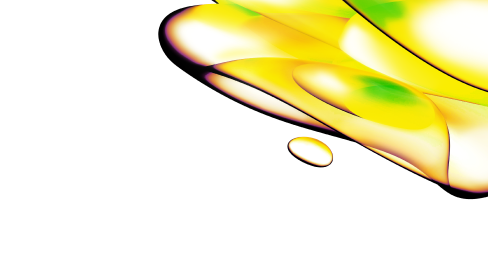Resource Center
Explore Resource Types
We have housed the technical documents (SDS, COAs, Manuals and more) in a dedicated section.
Explore all All Resources
Filters
Select resource types
Select products & services (1)
Select solutions (1)
Active Filters (2)
Clear All
1 - 12 of 34 Results
Sort by:
Best Match
Busting high-content imaging myths
High-content imaging has become a cornerstone of life science research, providing valuable insights into cellular function and drug responses. However, as with any advanced technology, misconceptions and myths can emerge. In this article, we’ll debunk some of the most common myths surrounding high-content imaging, shedding light on its true strengths and limitations.
Murine NASH model could provide insights into NASH development and progression
Researchers explore a multidisciplinary approach to addressing current NAFLD and NASH challenges.
Upscaling organoid research for sharper biological insights
To scale up, standardize and achieve greater biological insights, researchers need to rely on automation and multi-dimensional datasets.
Developing a phenotypic in vitro model for progression of liver steatosis
A recent study developed a model of hepatic steatosis in functional human induced pluripotent stem cell-derived hepatocytes (hiPSC-Hep).
A workflow to characterize and benchmark human induced pluripotent stem cells
Case study describing a high-content imaging workflow to characterize and benchmark human induced pluripotent stem cells
Artemisinins target GABAA receptor signaling and impair α cell identity
Artemisinins Target GABA Receptor Signaling and Impair α Cell Identity encouraging α cells to convert into insulin-producing β-like cells.
A multiparametric live-cell cytotoxicity analysis using the Operetta High-content Analysis System
An in vitro cytotoxicity approach using HepG2 cells, which are used as an effective indicator of the human hepatotoxicity potential of test compounds.
High-content imaging of brain-on-chip microfluidic devices using PreciScan intelligent acquisition.
In collaboration with ETAP-Lab, this technical note demonstrates automated image acquisition of brain-on-chip microfluidic devices for neuronal research.
Inhibiting interleukin 11 signaling reduces and reverses many dangerous effects of NAFLD/NASH in mouse models
Study demonstrating that inhibiting Interleukin 11 Signaling Reduces Hepatocyte Death and Liver Fibrosis, Inflammation, and Steatosis in Mouse Models of NASH
Nuclei segmentation on brightfield images using a pre-trained Artificial Intelligence (AI) model
Technical note describing the use of Phenologic.AI software module, for Signals Image Artist and Harmony image analysis software, for nuclei segmentation of brightfield images.
Label-free analysis of cardiomyocyte beating using the Opera Phenix Plus System
Learn how to reliable quantify cardiomyocyte beating frequency using the Opera Phenix Plus high-content screening system in this application note.
Kinetic analysis of calcium flux activity in human iPSC-derived neurons using the Opera Phenix Plus system
Application note for fast kinetic imaging using HCS to visualize and evaluate spontaneous calcium flux activity in single human iPSC-derived neurons


Looking for technical documents?
Find the technical documents you need, ASAP, in our easy-to-search library.




























